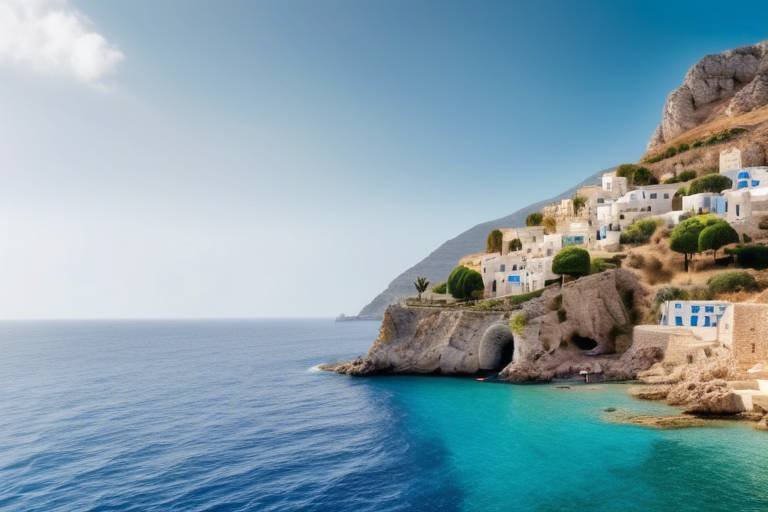A Guide to the Best Historical Sites in India
India, a land steeped in history and culture, boasts a treasure trove of remarkable historical sites that offer a window into its rich past. From the majestic forts to intricate temples, each site narrates a unique story of bygone eras, leaving visitors in awe of the country's glorious heritage.
One of the crown jewels of India's historical sites is the iconic Taj Mahal in Agra. This mesmerizing white marble mausoleum, recognized as a UNESCO World Heritage Site and one of the New Seven Wonders of the World, stands as a testament to eternal love and architectural brilliance.
Delve into the grandeur of India's Mughal history at the Red Fort in Delhi. This imposing structure, symbolizing the opulence of Mughal architecture, invites you to wander through its corridors and lush gardens, offering a glimpse into the imperial past.
Travel to Madhya Pradesh to witness the breathtaking Khajuraho Temples, renowned for their intricate sculptures and exquisite craftsmanship. These Hindu and Jain temples are a celebration of art and spirituality, showcasing the mastery of ancient artisans.
Embark on a journey through time at the Ajanta and Ellora Caves in Maharashtra, where ancient rock-cut caves adorned with paintings and sculptures transport you to a world of artistic marvels. This UNESCO World Heritage Site is a treasure trove of cultural significance.
Marvel at the towering Qutub Minar in Delhi, a masterpiece of Indo-Islamic architecture and intricate calligraphy. Dating back to the 12th century, this brick minaret stands as a symbol of India's rich heritage and architectural prowess.
Perched atop a hill in Jodhpur, the Mehrangarh Fort offers panoramic views of the city and a glimpse into Rajasthan's royal legacy. Explore the vast expanse of this fortress, which narrates tales of valor and grandeur from centuries past.
Experience the spiritual aura of the Elephanta Caves near Mumbai, dedicated to Lord Shiva and adorned with intricate sculptures. These rock-cut temples on Elephanta Island are a testament to India's deep-rooted religious traditions and artistic finesse.
Step into the ancient ruins of Hampi in Karnataka, a UNESCO World Heritage Site that showcases the architectural splendor of the Vijayanagara Empire. Explore the remnants of temples, monuments, and boulders that stand as silent witnesses to a bygone era.
Discover the serene beauty of the Sanchi Stupa in Madhya Pradesh, an ancient Buddhist site known for its well-preserved stupas and intricate carvings depicting the life of Buddha. This UNESCO World Heritage Site is a sanctuary of peace and enlightenment.
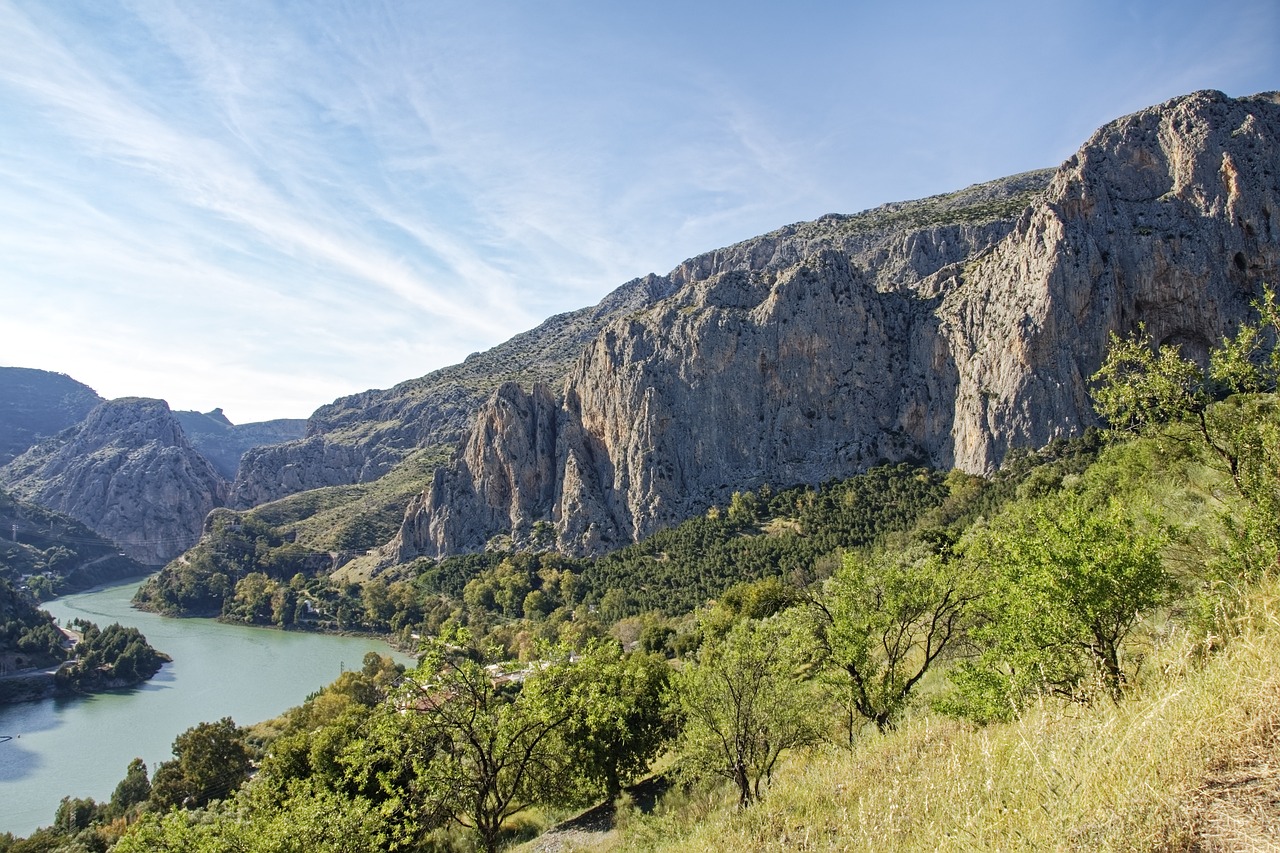
Taj Mahal, Agra
The Taj Mahal in Agra, India, is a masterpiece of architectural beauty and a symbol of eternal love. Built by Emperor Shah Jahan in memory of his beloved wife Mumtaz Mahal, this iconic white marble mausoleum is a UNESCO World Heritage Site and one of the New Seven Wonders of the World. The Taj Mahal's stunning symmetry, intricate carvings, and elaborate domes make it a must-visit historical site for travelers from around the globe.
As you approach the Taj Mahal, you are greeted by its grand entrance gate, reflecting pools, and lush gardens that enhance the monument's magnificence. The play of light on the marble changes its color throughout the day, creating a mesmerizing sight that captivates visitors. Inside, the main mausoleum houses the cenotaphs of Shah Jahan and Mumtaz Mahal, adorned with intricate inlay work and precious gemstones.
The Taj Mahal's architectural brilliance is further highlighted during sunrise and sunset when the changing hues of the sky cast a magical glow on the marble structure, evoking a sense of romance and serenity. Visitors can also explore the surrounding complex, which includes a mosque, guest house, and expansive gardens that offer panoramic views of the Yamuna River.
Whether you're a history enthusiast, a photography buff, or a hopeless romantic, the Taj Mahal never fails to leave a lasting impression. Its timeless beauty and enduring legacy continue to inspire awe and admiration, making it a symbol of love and devotion that transcends time and borders.
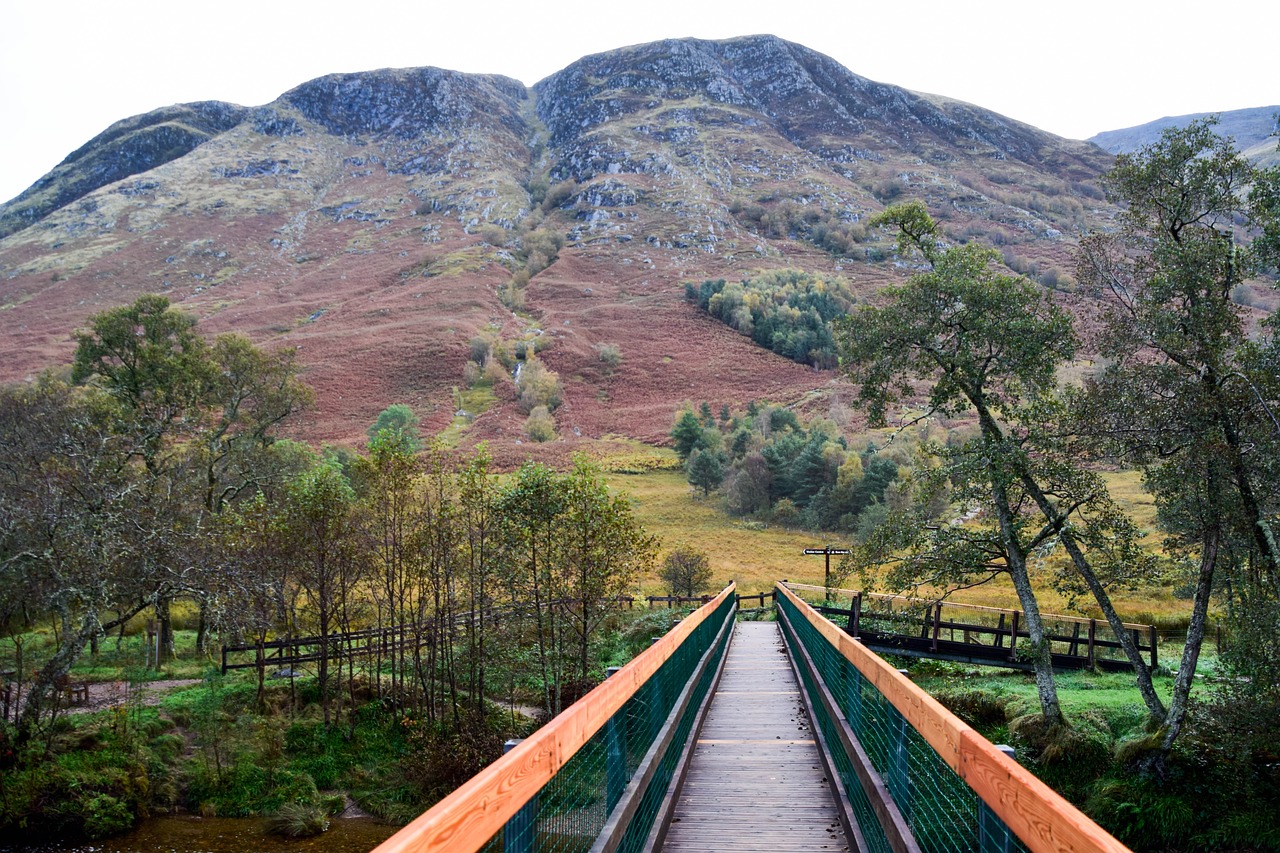
Red Fort, Delhi
The Red Fort in Delhi stands as a majestic symbol of India's rich Mughal history and architectural grandeur. Stepping into its premises is like stepping back in time to an era of emperors and lavish courts. The fort, constructed in the 17th century, served as the main residence of the Mughal emperors for nearly 200 years.
As you explore the Red Fort, you'll be greeted by its imposing red sandstone walls, which stretch for over 2 kilometers, enclosing a complex of exquisite palaces, halls, and gardens. Walking through the Lahore Gate, you'll find yourself in the impressive Chatta Chowk, a covered bazaar where merchants once displayed their wares to the royal court.
One of the highlights of the Red Fort is the Diwan-i-Aam, or the Hall of Public Audience, where the emperor would address the common people and listen to their grievances. The Diwan-i-Khas, or the Hall of Private Audience, is another remarkable structure adorned with intricate marble carvings and a stunning marble canopy.
Strolling through the lush gardens of the fort, you can imagine the grandeur of the Mughal era and the opulence in which the emperors lived. The sound and light show held in the evenings bring the history of the Red Fort to life, narrating tales of its glorious past and the events that unfolded within its walls.
Visiting the Red Fort in Delhi is not just a journey through history but also a visual feast for architecture enthusiasts and history buffs alike. The blend of Persian, Timurid, and Indian architectural styles in the fort's design is a testament to the cultural diversity and artistic brilliance of the Mughal Empire.

Khajuraho Temples, Madhya Pradesh
The Khajuraho Temples in Madhya Pradesh are a true architectural marvel that showcases the rich cultural heritage of India. These temples, built between 950 and 1050 AD by the Chandela dynasty, are renowned for their intricate sculptures and stunning architecture. The site is divided into three groups of temples, each dedicated to Hindu and Jain deities, depicting a harmonious blend of spirituality and artistry.
One of the most fascinating aspects of the Khajuraho Temples is the detailed carvings that adorn the walls, depicting various aspects of life, mythology, and spirituality. The sculptures are not only aesthetically pleasing but also serve as a window into the social and cultural norms of ancient India. The precision and craftsmanship displayed in these carvings are truly awe-inspiring, leaving visitors in wonder at the skill of the artisans who created them.
Exploring the Khajuraho Temples is like stepping back in time to an era of artistic brilliance and spiritual devotion. The intricate architecture, detailed carvings, and serene atmosphere of the temples create a sense of tranquility and reverence. Visitors can wander through the various temples, marveling at the exquisite craftsmanship and immersing themselves in the spiritual aura that permeates the site.
Each temple at Khajuraho tells a unique story through its sculptures and architecture, offering a glimpse into the religious beliefs and cultural practices of the time. The temples are not just architectural wonders but also serve as a testament to the artistic and spiritual legacy of ancient India. Whether you are a history enthusiast, an art lover, or a spiritual seeker, the Khajuraho Temples are sure to captivate your imagination and leave a lasting impression.
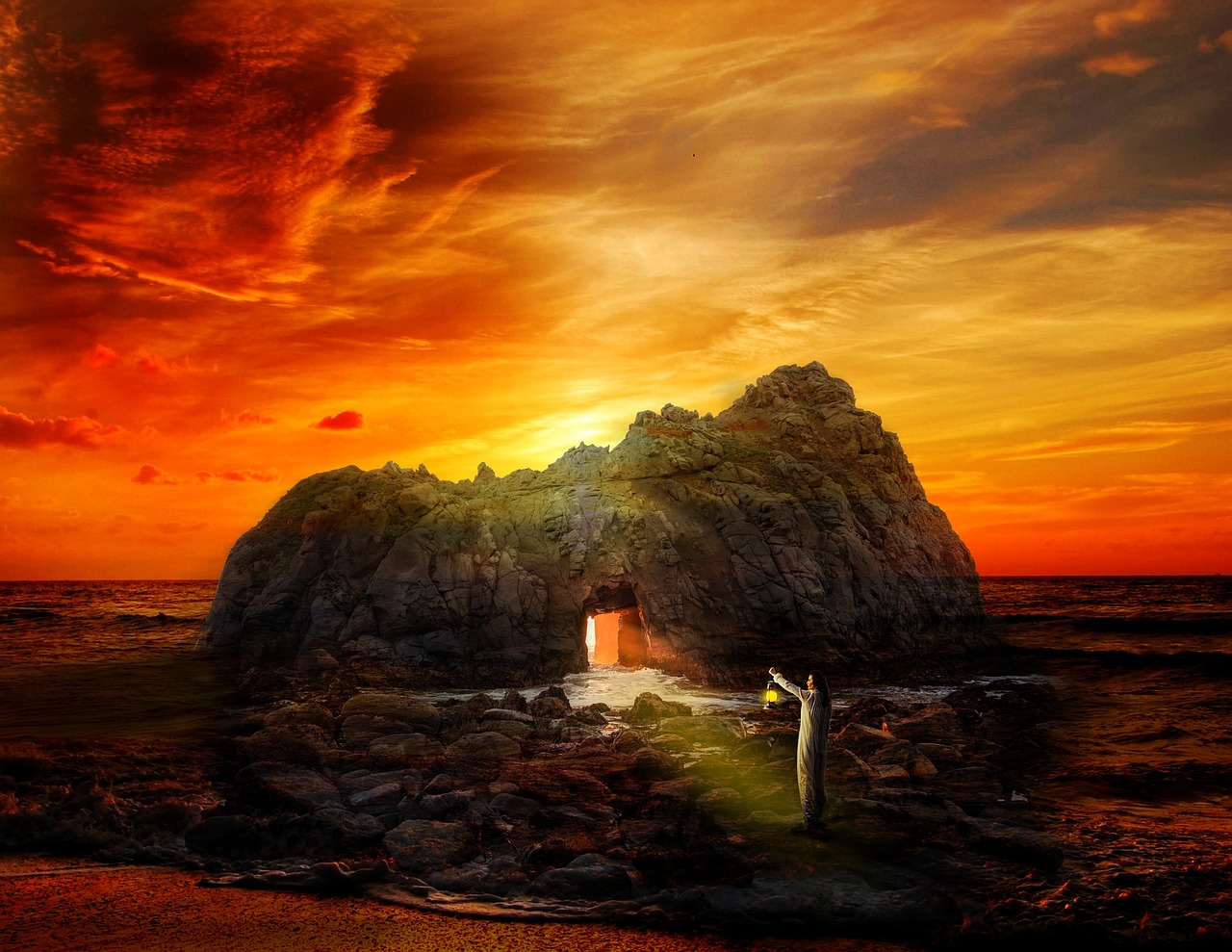
Ajanta and Ellora Caves, Maharashtra
The Ajanta and Ellora Caves in Maharashtra are a mesmerizing testament to India's ancient artistic and architectural brilliance. These UNESCO World Heritage Sites are a treasure trove of history, with the Ajanta Caves dating back to the 2nd century BCE and the Ellora Caves spanning from the 6th to 11th centuries CE.
The Ajanta Caves are renowned for their exquisite paintings that depict the life of Buddha and various Jataka tales. These intricate artworks, created by skilled artisans, adorn the cave walls and ceilings, showcasing a blend of Indian artistry and Buddhist themes. Walking through the dimly lit caves, visitors can't help but marvel at the detailed frescoes that have stood the test of time.
On the other hand, the Ellora Caves are a remarkable showcase of rock-cut architecture, featuring Hindu, Jain, and Buddhist caves in close proximity. The most famous cave at Ellora is the Kailasa Temple, a colossal monolithic structure dedicated to Lord Shiva. Carved out of a single rock, this architectural marvel leaves visitors in awe of the ancient craftsmanship and engineering skills.
Exploring the Ajanta and Ellora Caves is like embarking on a journey through India's cultural evolution, witnessing the shift in artistic styles and religious influences over the centuries. The intricate carvings, majestic sculptures, and serene atmosphere of these caves make them a must-visit destination for history buffs, art enthusiasts, and spiritual seekers alike.

Qutub Minar, Delhi
Located in Delhi, the Qutub Minar stands tall as the tallest brick minaret globally, dating back to the 12th century. This architectural marvel showcases the fusion of Indo-Islamic styles, adorned with intricate calligraphy and beautiful designs. As you wander around the complex, you can witness the historical significance of the site and marvel at the craftsmanship that went into creating this masterpiece.
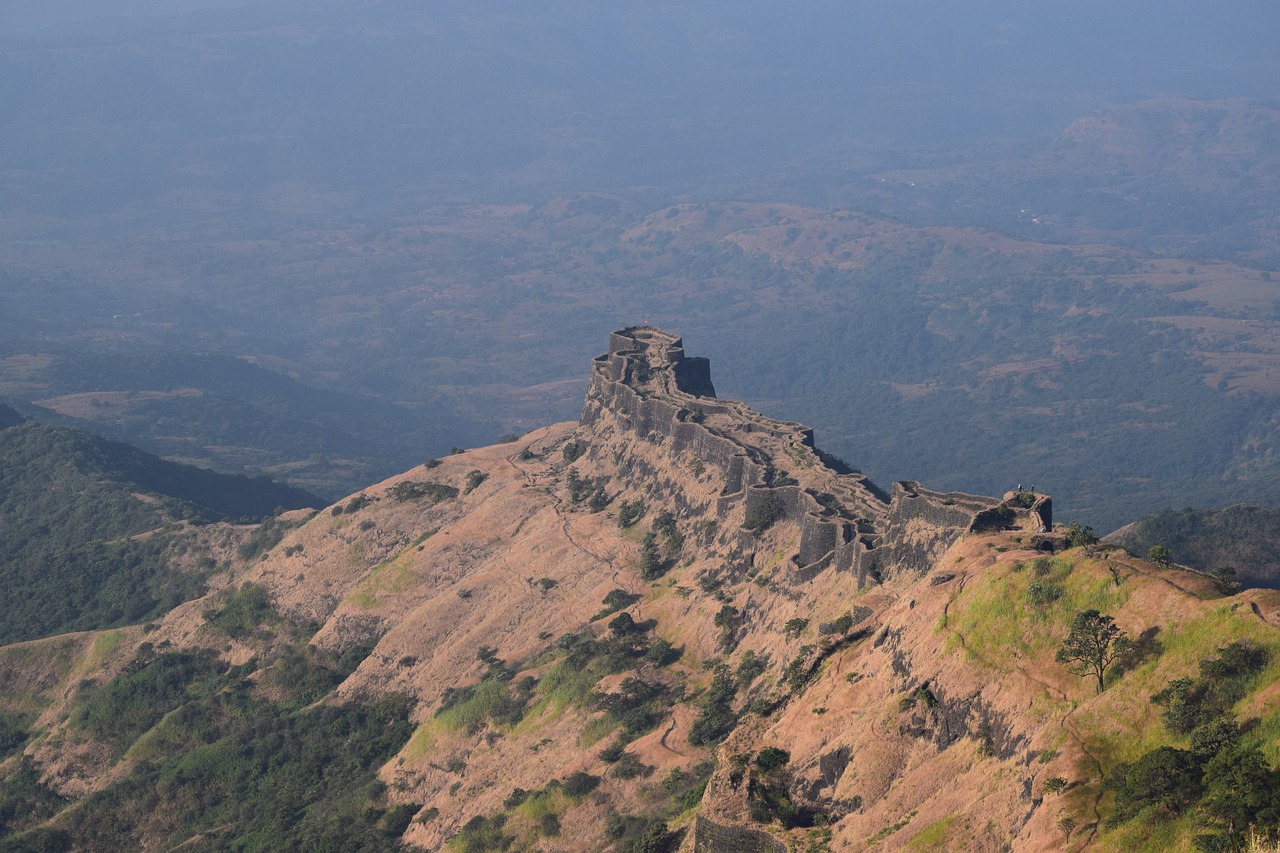
Mehrangarh Fort, Jodhpur
Located in the enchanting city of Jodhpur, Mehrangarh Fort stands as a testament to Rajasthan's rich history and architectural grandeur. This imposing fort, perched on a hilltop overlooking the city, offers visitors a glimpse into the royal legacy of the region. As you ascend the fort's ramparts, you are greeted with panoramic views of Jodhpur's blue-painted houses and the vast Thar Desert stretching into the horizon.
The architecture of Mehrangarh Fort is a marvel to behold, with intricately carved sandstone walls that tell tales of battles, victories, and royal splendor. The fort's massive gates, adorned with intricate latticework and imposing spikes, transport you back in time to an era of chivalry and valor. Walking through the fort's courtyards and palaces, you can almost hear the echoes of bygone royalty and feel the pulse of history beating beneath your feet.
One of the highlights of Mehrangarh Fort is its museum, which houses a remarkable collection of artifacts, including royal palanquins, arms, paintings, and costumes. Each exhibit offers a glimpse into the opulent lifestyle of the Rajput rulers who once called this fort their home. The intricate detailing and craftsmanship displayed in the museum's treasures are a testament to the artistic prowess of the artisans of yesteryears.
Exploring Mehrangarh Fort is like stepping into a living museum where every stone whispers stories of valor, romance, and intrigue. The fort's architectural splendor, coupled with its breathtaking views and historical significance, make it a must-visit destination for history buffs, architecture enthusiasts, and anyone seeking a glimpse into India's royal past.

Elephanta Caves, Mumbai
The Elephanta Caves, located on Elephanta Island near Mumbai, are a mesmerizing collection of rock-cut temples dedicated to Lord Shiva. These ancient caves date back to the 5th to 8th centuries and are renowned for their intricate sculptures and stunning architecture. As you step into this historical site, you are transported back in time to an era of artistic brilliance and spiritual devotion.
The main cave, also known as the Great Cave, houses a large sculpted panel depicting the Trimurti, a representation of the three aspects of the Hindu god Shiva. The intricate carvings and detailed sculptures within the cave are a testament to the skill and craftsmanship of the artisans who created them centuries ago. Each sculpture tells a story, inviting visitors to unravel the mysteries of ancient Indian mythology.
One of the highlights of the Elephanta Caves is the famous Trimurti sculpture, which stands at the entrance of the main cave. This awe-inspiring representation of Lord Shiva in his threefold form is a sight to behold, symbolizing creation, preservation, and destruction in Hindu mythology. The sheer size and intricacy of the sculpture leave visitors in awe of the artistic mastery of the ancient craftsmen.
As you explore the various chambers and shrines within the caves, you will encounter a rich tapestry of mythological scenes, divine beings, and intricate detailing that reflect the spiritual significance of the site. The pillars, columns, and ceilings of the caves are adorned with ornate carvings that showcase the artistic genius of the sculptors who worked on these magnificent structures.
Visitors to the Elephanta Caves can also enjoy panoramic views of the Arabian Sea from the island, adding to the overall experience of this historical and cultural site. The serene surroundings and the spiritual ambiance of the caves make it a must-visit destination for history enthusiasts, art lovers, and spiritual seekers alike.
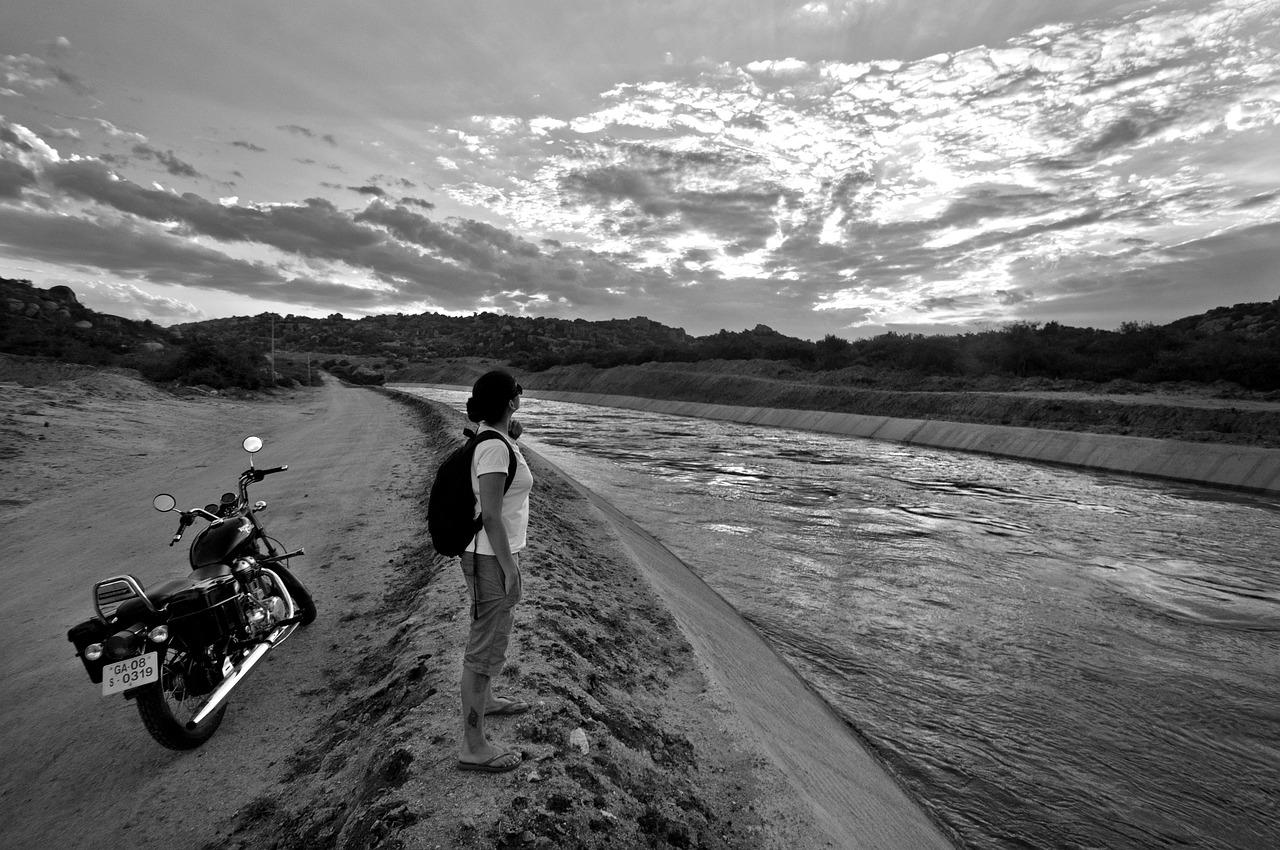
Hampi, Karnataka
Embark on a journey back in time as you immerse yourself in the ancient ruins of Hampi, Karnataka. This UNESCO World Heritage Site is a treasure trove of history, dotted with fascinating temples, monuments, and boulders that whisper tales of the glorious Vijayanagara Empire. Walking through the sprawling landscape, you can feel the grandeur and majesty that once defined this magnificent city.
As you explore Hampi, you will encounter the remnants of a bygone era, where each stone has a story to tell. The intricate carvings on the temples and monuments showcase the artistic brilliance of the craftsmen who toiled centuries ago. The Virupaksha Temple, dedicated to Lord Shiva, stands as a testament to the architectural marvels of the past, with its towering gopuram and ornate pillars.
One of the highlights of Hampi is the Vittala Temple, renowned for its musical pillars that produce melodic tones when struck. The stone chariot at the temple complex is a masterpiece of craftsmanship, reflecting the ingenuity and skill of the artisans of yore. The Royal Enclosure, with its grand platforms and ornate structures, offers a glimpse into the regal lifestyle of the Vijayanagara rulers.
As you wander through the ruins of Hampi, you can't help but marvel at the sheer scale and intricacy of the architecture. The Achyutaraya Temple, the Lotus Mahal, and the Hazara Rama Temple are just a few of the many gems waiting to be discovered in this ancient city. Hampi is not just a place; it's a living museum that transports you back in time to an era of splendor and magnificence.
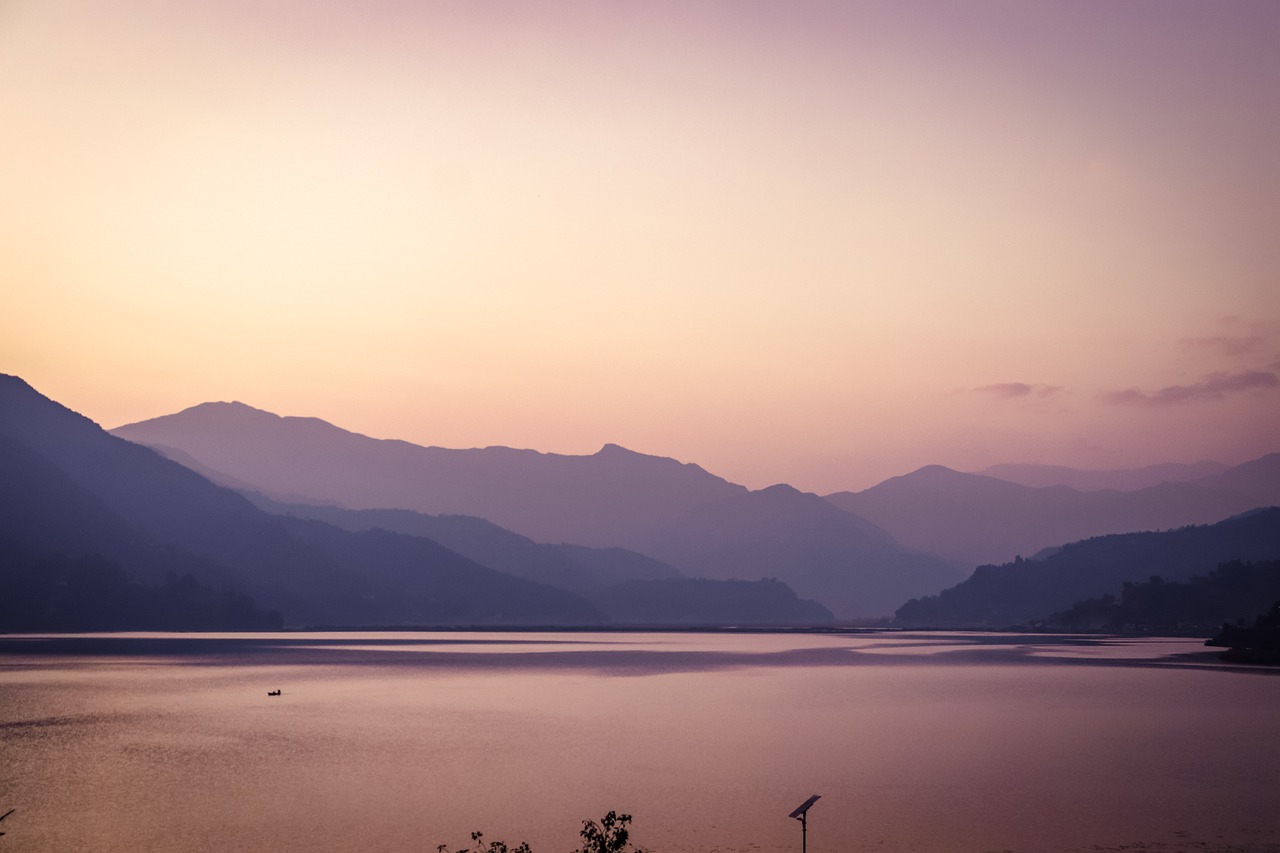
Sanchi Stupa, Madhya Pradesh
Sanchi Stupa, located in Madhya Pradesh, is a remarkable historical site that holds immense significance in the Buddhist world. This UNESCO World Heritage Site is renowned for its well-preserved stupas, monasteries, and intricate carvings that beautifully depict the life and teachings of Buddha. The site exudes a sense of tranquility and spirituality, making it a must-visit for history enthusiasts and spiritual seekers alike. The architectural brilliance and historical importance of Sanchi Stupa make it a gem of ancient Indian heritage.
Frequently Asked Questions
- What is the best time to visit historical sites in India?
The best time to visit historical sites in India is during the winter months, from October to March, when the weather is pleasant and ideal for exploring outdoor attractions.
- Are these historical sites accessible to people with disabilities?
Most of the historical sites in India have made efforts to improve accessibility for people with disabilities, with facilities like ramps and accessible pathways. However, it is recommended to check with each site individually for specific accommodations.
- Do I need to book tickets in advance to visit these historical sites?
It is advisable to book tickets in advance for popular historical sites like the Taj Mahal and Red Fort to avoid long queues and ensure entry, especially during peak tourist seasons.
- Are there guided tours available at these historical sites?
Yes, most historical sites in India offer guided tours conducted by knowledgeable guides who provide insights into the history, architecture, and significance of the site.
- Can I take photographs at these historical sites?
Photography policies vary at each historical site, so it is recommended to check with the authorities or signage at the site before taking photographs. Some sites may have restrictions on photography.



